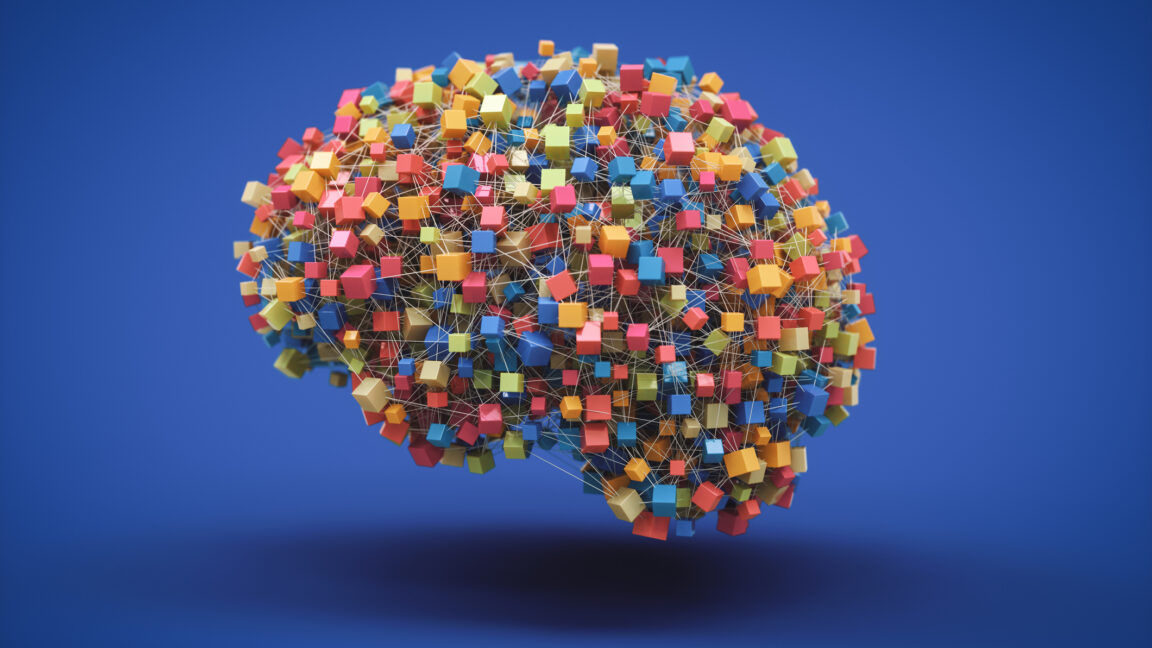
"From a human perspective, it can be hard to understand why these models don't simply say "I don't know" instead of making up some plausible-sounding nonsense."
"Anthropic's newly published research...traces how these features can affect other neuron groups that represent computational decision circuits Claude follows in crafting its response."
"This kind of research could lead to better overall solutions for the AI confabulation problem, helping make large language models more reliable."
"In a pair of papers, Anthropic goes into great detail on how a partial examination of some of these internal neuron circuits provides new insight into how Claude thinks."
Anthropic's latest research sheds light on the internal workings of large language models, particularly revealing how they decide when to respond or refrain from answering. Through examining the neuron circuitry, the research outlines how certain neuron groupings associate with concepts and influence decision-making processes, which contributes to hallucinated responses. This understanding of entity recognition and internal decision circuits promises to enhance AI reliability and reduce confabulation in future iterations of large language models, ultimately improving their overall performance in interpreting human queries.
Read at Ars Technica
Unable to calculate read time
Collection
[
|
...
]